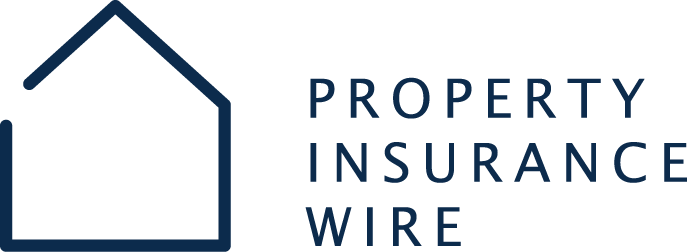American Insurance Association issued the following announcement on Oct. 22.
With the East Troublesome Wildfire exploding in size forcing numerous evacuations, the American Property Casualty Insurance Association (APCIA) urges homeowners, renters and business owners to follow the orders of state and local officials and contact their insurance company as soon as it is safe to do so.
“Insurers are prepared and deploying resources to help residents displaced by these wildfires,” said Lyn Elliott, assistant vice president of state government relations for APCIA. “The first step to recovery is to contact your insurer to begin the claims process. If you are evacuated, contact your insurer via phone, website, agent, or text. Ask your insurer about getting the resources to take care of your immediate needs, like clothes and temporary housing.”
Homeowners and renters insurance policies generally provide coverage for additional living expenses if a covered loss makes your home uninhabitable. Residents should also ask their insurer if their policy has coverage for expenses incurred while they are evacuated.
APCIA offers the follow tips for navigating the process of getting back home after a wildfire:
1. Contact your insurer to get the claims process started. While evacuated, contact your insurer. You do not need to wait until you return home before doing so. Insurers can be contacted via their toll-free number, app or website.
2. Discuss coverage for temporary housing with your insurer. Your insurance can help you move out of shelters and obtain housing while you rebuild. Keep your hotel and meal receipts.
3. Work with an adjuster. Adjusters will walk you through the claims process, answer questions, estimate damage, and settle your claim.
APCIA also offers an “After the Fire” step-by-step home insurance claim recovery guide available here.
Through virtual inspection solutions and emergency continuity plans put in place due to COVID-19, insurers are prepared to handle claims and continue providing services when disaster strikes. Innovative technologies like drones and geospatial tools can enable claim adjusters to view damaged property remotely and see before-and-after aerial images of affected areas.
“Insurers are safely capitalized and ready to handle claims,” added Elliott. “Digital tools are enabling many insurers to evaluate losses and pay claims faster. As people continue to practice social distancing, these technologies are also keeping customers and insurance professionals safer by reducing or eliminating the need for in-person interactions.”
Original source can be found here.










 Alerts Sign-up
Alerts Sign-up